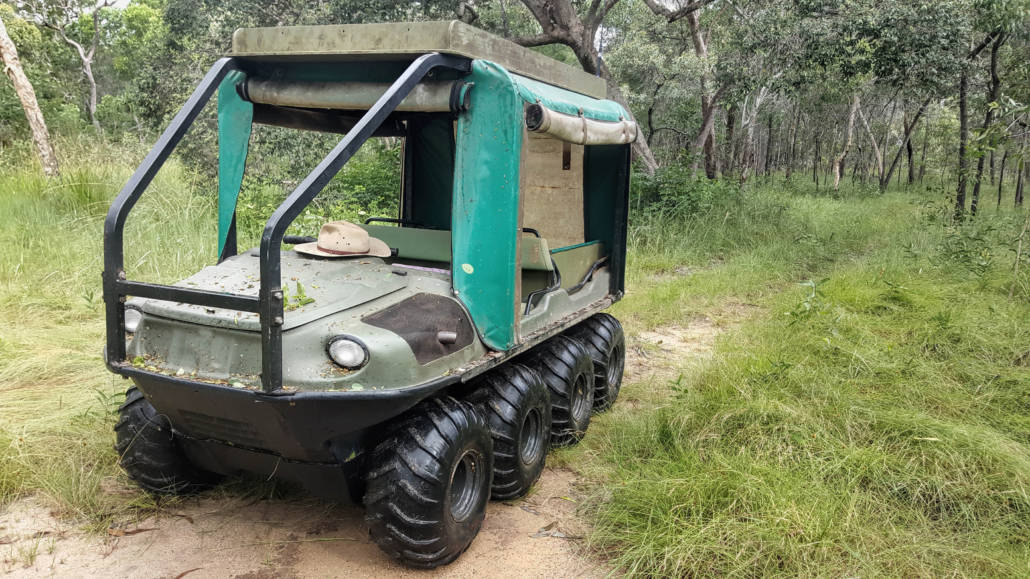Striving for the Right Kind of Ego in a FamBiz
It Can’t Be All About “Me”
When the inspiration for one of these weekly posts comes from an actual coaching session I had with a client from a family business, I really get excited.
Regular readers may recall that I have a penchant for mining for ideas in the land of translations between words in English and other languages, typically French.
So if you’re a fan of those, keep reading because that’s where we’re going this week.
It all began with a misunderstanding on my part, which I quickly realized, and then happily recovered from.
Young Rising Generation Leaders
I’ve been fortunate to recently become involved with some local organizations who offer programs to entrepreneurial families who are preparing for eventual intergenerational transitions.
The program I’m part of, as a freelancer, has me coaching some young rising generation family members who are expecting to take on leadership roles in both their business and their family, as the parents eventually hand over the reins in the coming years.
As I said this is local, and in Quebec that typically means that the work is done in French, which thankfully for me, n’est pas un problème.
My French is not 100% perfect, but I’m more than functionally fluent for the job, thanks to five decades of practice. (Merci École St-Rémi)
Management Versus Ownership
So there I was on a Zoom call with “Sandra”, the oldest of three siblings who are preparing to eventually succeed their father, the founder of the business.
Although she’s the oldest, she’s still in her early 20’s, and so they’re still obviously in the early innings of this eventual transition.
Because of her age relative to her siblings, and the position she holds thanks to her seniority working in the business, she’s poised to hold the eventual top role in the running of the company, at least as things stand today.
However, in terms of the ownership of the company, the assumption is that Dad will be looking to make his three offspring equal owners, with one third of the company each.
Take note of the word “equal” there, as it foreshadows where we’re heading.
Did I Hear That Right?
As I was trying to impress upon Sandra the difference between her management role and her ownership role, I pointed out that in the business a hierarchical situation is likely warranted, but the ownership reality is actually flat.
As she was replying that she recognized that they would all be “equal” in the ownership, she obviously used the French word, “égaux” (pronounced “AY-go”).
The problem was, in my head, I heard the word “égo”, which is pronounced exactly the same way. I think you can guess what that translates to in English.
So here I was, thinking that she was talking about her ego, rather than the fact that they were equals.
Bang!
Calling a Timeout
Wait, stop, sorry, back up!
I asked her to pause to allow me to explain and apologize and thank her for the blog topic.
How the heck could the word “ego”, which feels like it is all about “me”, the individual, be pronounced the same way as the plural for the word equal, which is all about us?
I hope you aren’t expecting me to give you an answer, because I don’t have one. If someone reading this does, perhaps a linguist, please let me know, and in the meantime, I’m just happy to have stumbled upon this.
It feels kind of like an oxy-moron to me.
Lessons for Families Working Together
The take-away for me is simply that sharing this story and the reality behind it creates an opportunity to put this subject on the table with family members.
The business can be organized as a hierarchy, the ownership is flat, and the family, well, the family is the family. We are right back to the Three-Circle Model again. (I can’t believe it’s been almost 8 years since I wrote that!)
So each circle has a different structure, and that’s how it usually goes.
That means that the people who are part of more than one circle need to recognize that it’s always important to consider whether they are discussing matters that have to do with the running of the business, or ownership issues, or family matters.
Those differences matter, and must be discussed and made clear. It will allow you to separate “ego” from “equals”.


